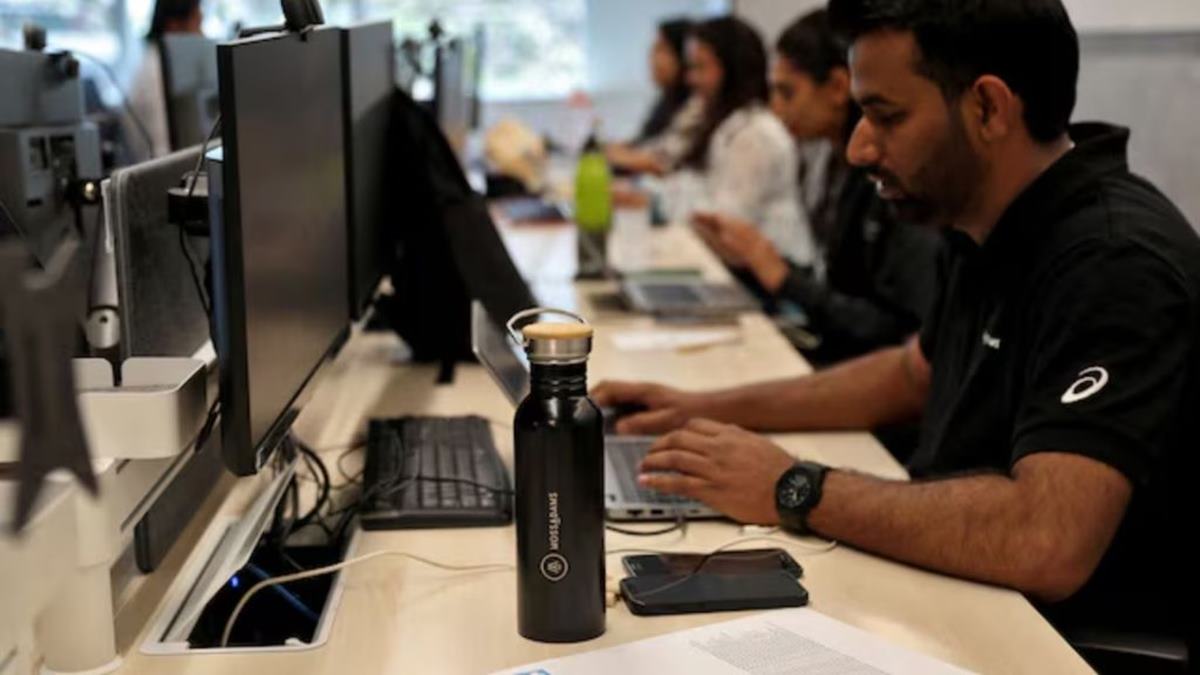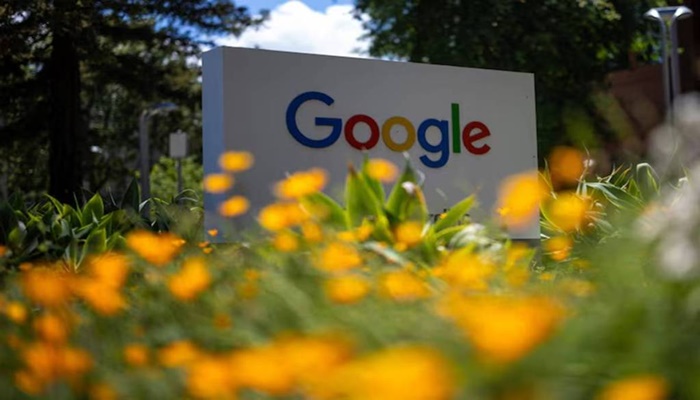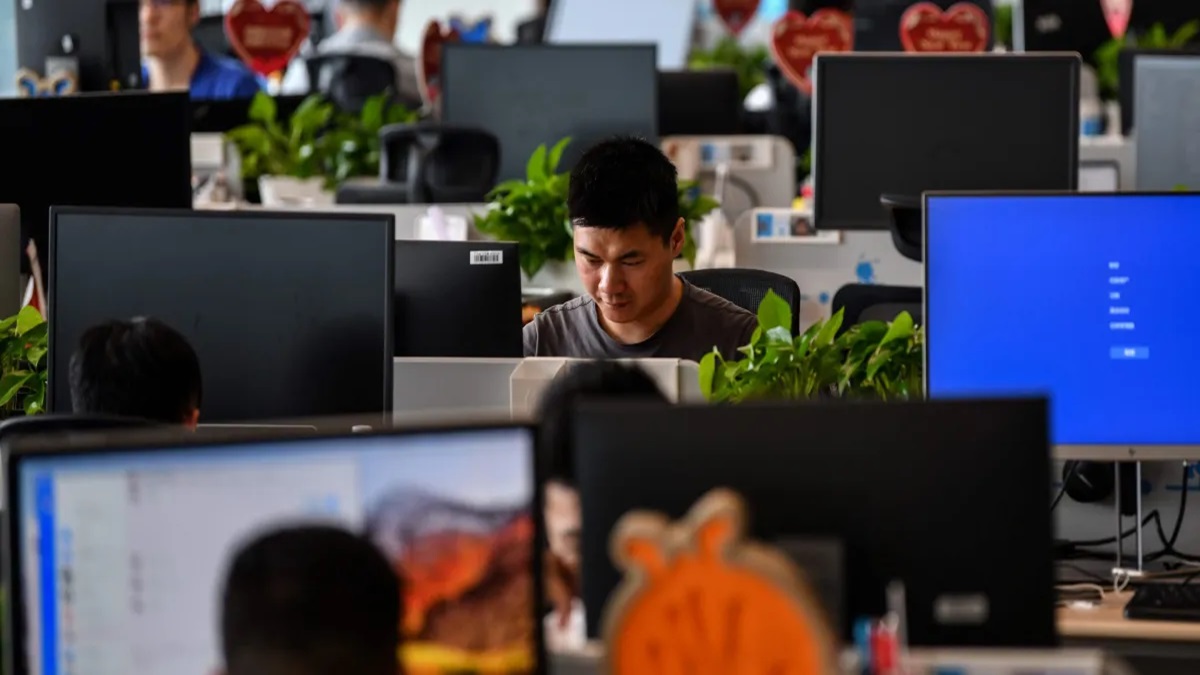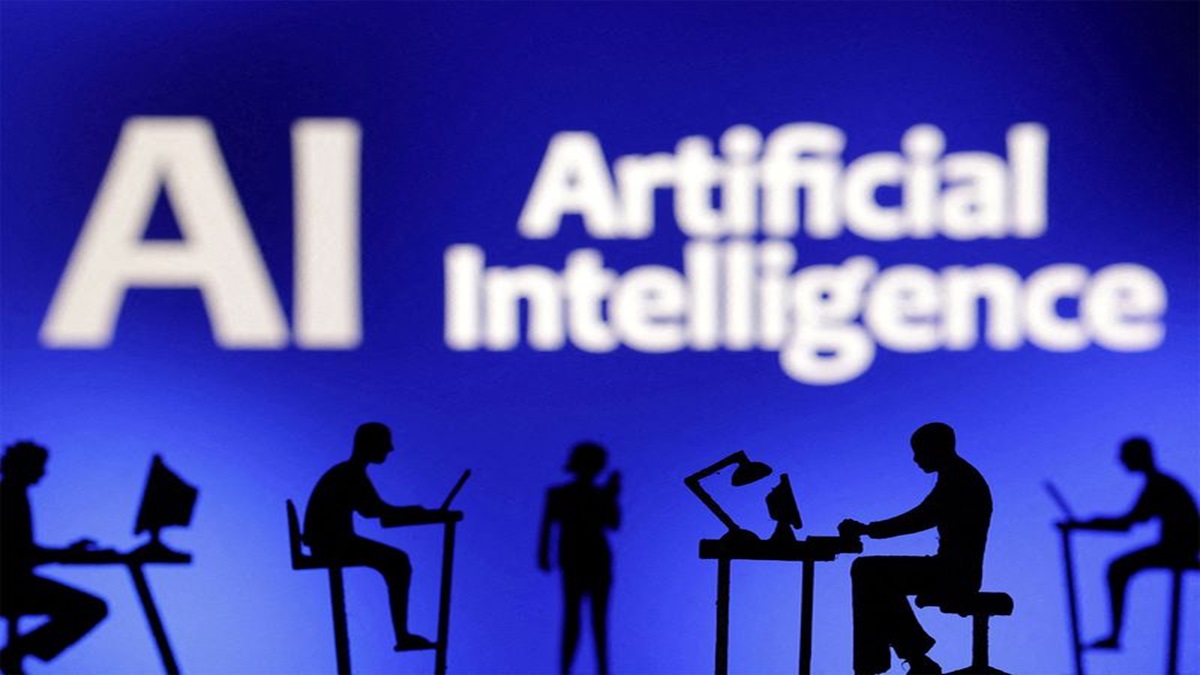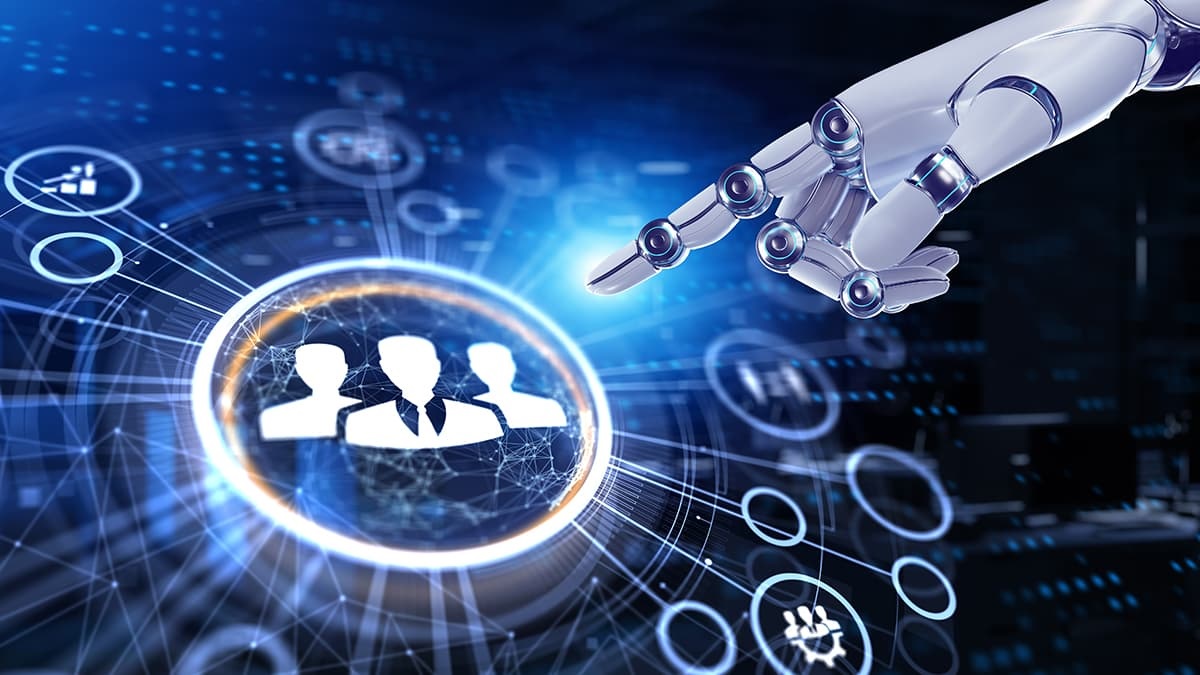Artificial intelligence (AI) is a present-day reality transforming industries worldwide. HR experts are facing opportunities to not only restructure the technology tools used by their own departments but also upskill and reskill employees throughout their companies. This transformation requires both deep thoughtfulness and empathy for employees going through such significant change and investment into the reskilling and upskilling of these employees.
6 Steps To Successful Upskilling And Reskilling
At a strategic level, AI empowers HR leaders to shift from reactive, administrative tasks to proactive talent management. It offers data-driven insights that inform decision-making, identify skill gaps and guide workforce planning. But HR is now responsible for the AI-focused upskilling and reskilling that needs to happen with employees throughout the organization.
Here are six steps HR leaders can take to get people equipped for this new technology.
1. Map roles.
Leaders in the company will decide the strategic direction with AI, whether that’s to make certain repetitive tasks more streamlined or to enhance the roles that are already being done. Skills-based hiring has become increasingly important. 90% of companies make better hires when hiring for skills rather than for degrees.
2. Assess the skills gap.
Once a strategic direction is reached, HR experts must fill any type of skills gaps within the organization. The first step is to analyze existing skill levels against future requirements. At a basic level, businesses can use simple surveys to identify current skills; leaders can then use AI-driven analytics to identify gaps and opportunities for growth.
3. Develop a taxonomy of skills.
Companies can establish a straightforward and concise list of the most crucial skills for their organization’s success. This taxonomy can be built from internal knowledge, job postings, survey data and interviews with employees, according to McKinsey & Company.
4. Develop personalized learning pathways.
Leveraging AI, HR can create tailored training programs. Small businesses can leverage affordable online courses like Coursera, Udemy or LinkedIn Learning. HR experts at larger companies can encourage department leaders to collaborate with educational platforms, universities and industry-specific training providers to deliver relevant upskilling programs. In addition, HR experts at companies of all sizes can deploy microlearning, webinars and immersive learning experiences to enhance engagement and retention.
5. Foster a culture of continuous learning.
HR leaders can promote an organizational mindset that encourages ongoing development, experimentation and adaptability. Leaders can do this by incorporating continuous learning into the company’s core values, recognizing learning initiatives and rewarding achievements.
6. Measure and optimize.
HR and various department leaders can implement metrics to evaluate the effectiveness of training programs. They can use analytics to refine curricula and ensure alignment with business objectives.
Challenges And Opportunities
While AI offers tremendous benefits, it also introduces challenges. The rapid technological shift can cause uncertainty among employees, create fears of job displacement and expose large gaps in existing skill sets. As AI handles routine tasks, the human element becomes even more critical, requiring HR to focus on nurturing soft skills, culture and employee well-being.
HR leaders can create a positive environment around upskilling and reskilling to gather buy-in from employees when improvements are gained. A recent Forbes Councils article argues that HR leaders must remember three key principles when implementing AI technology: ethics, integrity and empathy.
HR professionals can incentivize change through ideas like the following:
• Launching a company-wide set of goals around AI improvement and celebrating the wins along the way.
• Incorporating learning and new skill development into the cultural elements of the company, such as a fun club.
• Developing financial incentives for learning and new skill development.
Beyond training and the softer cultural pieces, HR must serve as a strategic navigator during this transition. This involves transparent communication about AI’s implications, managing changes in job roles and addressing employee concerns empathetically. HR should also focus on inclusivity by ensuring that upskilling and reskilling efforts are accessible to diverse employee groups. Furthermore, HR leaders need to advocate for policies that support flexible work arrangements, continuous learning stipends and career mobility programs.
Navigating Workforce Transition In A Smaller Company
Unlike large corporations, small and medium-sized enterprises (SMEs), with under 1,000 employees, often have limited resources in budget and personnel to implement and manage new technologies. Limited budgets can hinder upfront investments, and there may be a lack of in-house expertise to manage AI integrations effectively.
On the positive side, in smaller organizations, HR often wears multiple hats and is well-positioned to be the change agent. It’s valuable to remember that SMEs have some other unique advantages: shorter decision-making chains, closer team bonds and greater agility to pivot quickly. According to the Harvard Business Review, AI adoption in entrepreneur-driven organizations is increasingly accessible, thanks to cloud-based solutions and scalable AI tools tailored for smaller businesses.
Two Paths For AI Integration
The alternatives to reskilling and upskilling can be harsh. The reality is that technology advances can result in displacement. According to Fortune, in a new study by Stanford, researchers tracked a 13% relative decline in employment in areas like software engineering and customer service, where tasks are highly repetitive. The people hit hardest, according to this study, were 22 to 25 years old.
In contrast, when reskilling and upskilling are done correctly, loyal employees can be given an enhanced skill set. IKEA, a large furniture manufacturer, developed an AI bot, Billie, that “effectively managed 47% of customer inquiries.” Rather than displace the 8,500 customer service reps whose role was changed by this technology, IKEA reskilled them as interior design advisors. This reskilling resulted in “$1.4 billion in additional revenue.”
Looking Ahead: Building Resilient And Agile Workforces
The impact of AI on HR is profound in organizations big and small. But its success depends on proactive, strategic action around talent development. Organizations that embrace upskilling and reskilling at the core of their AI adoption plans will be better positioned to navigate change, innovate continuously and maintain competitive advantage.




